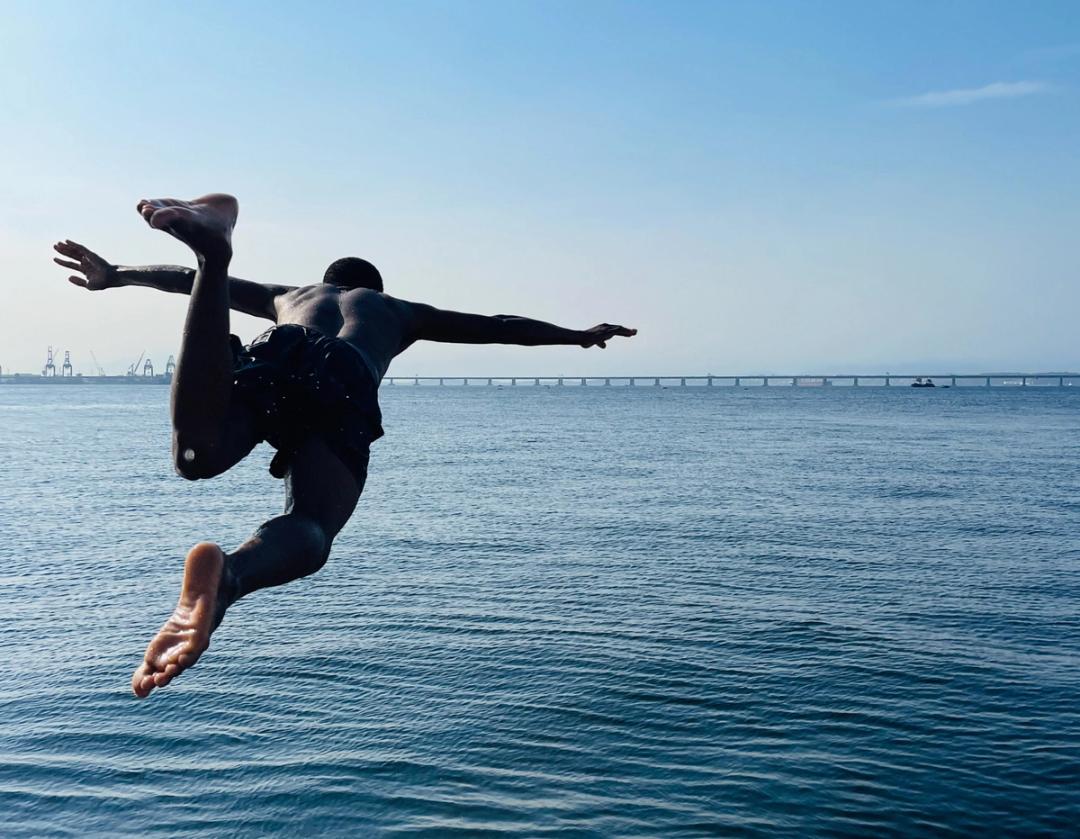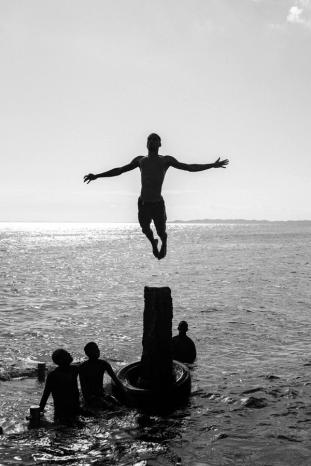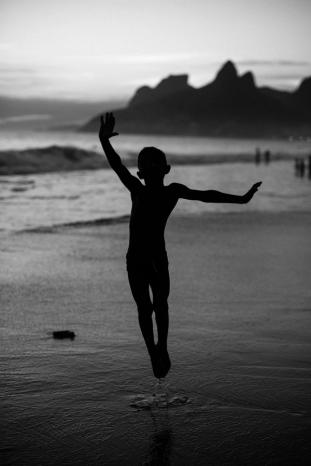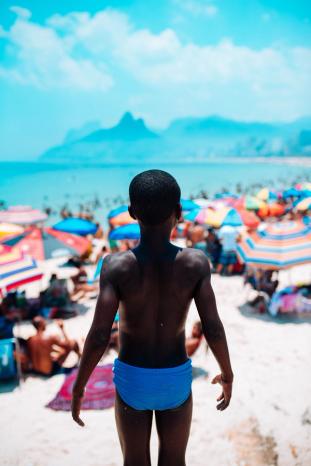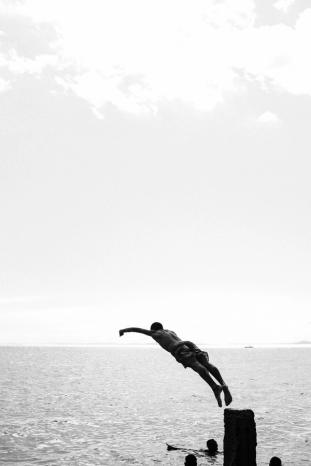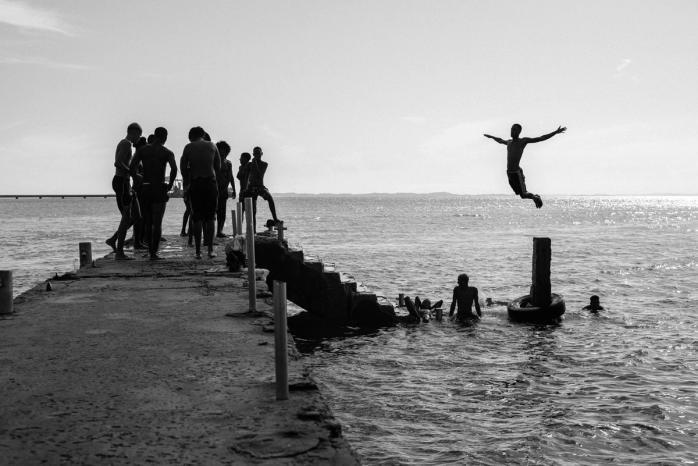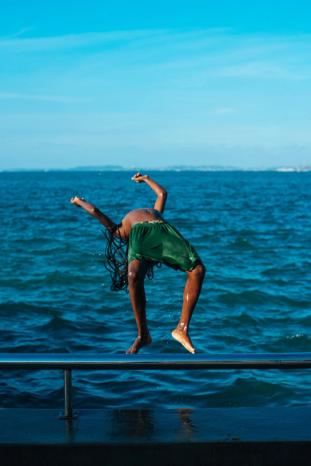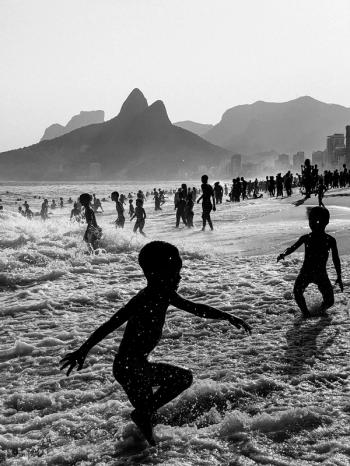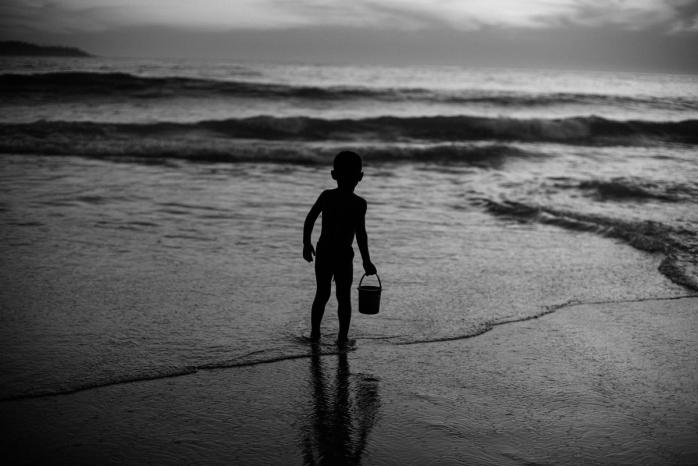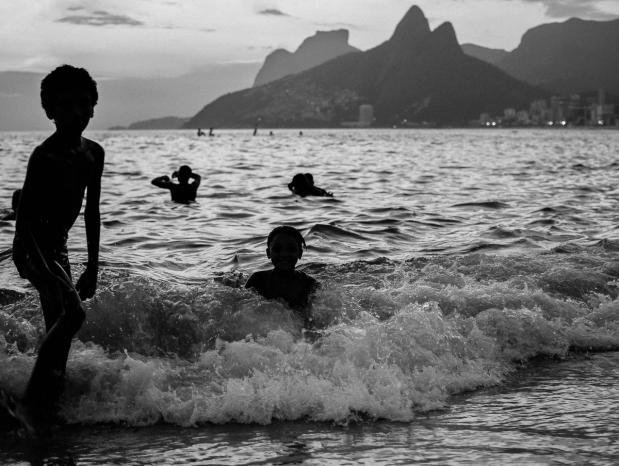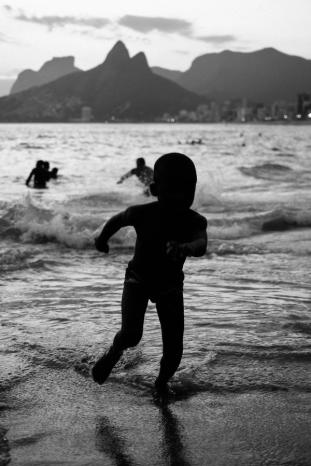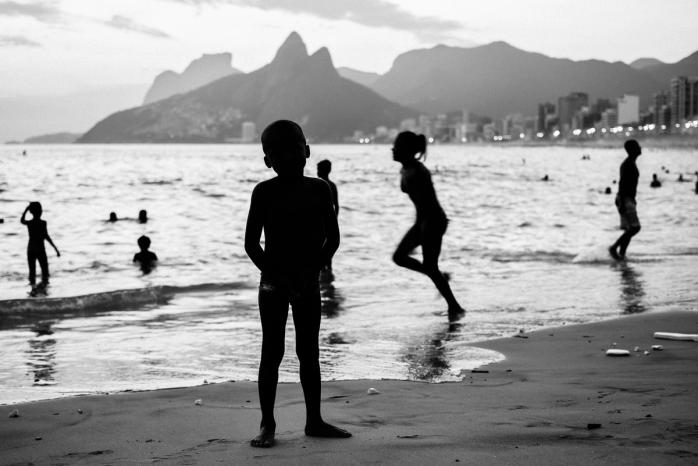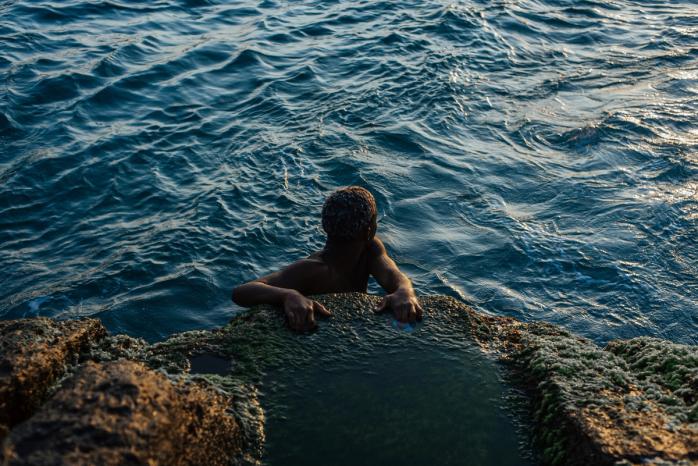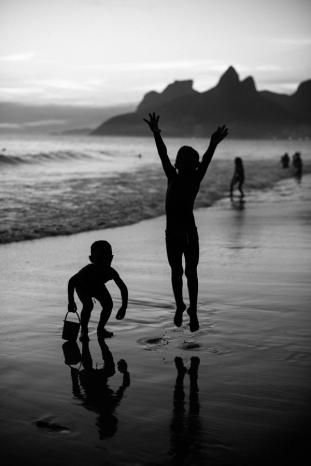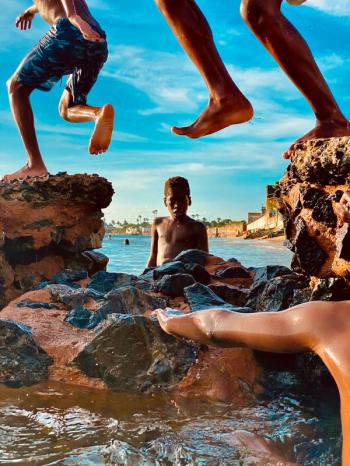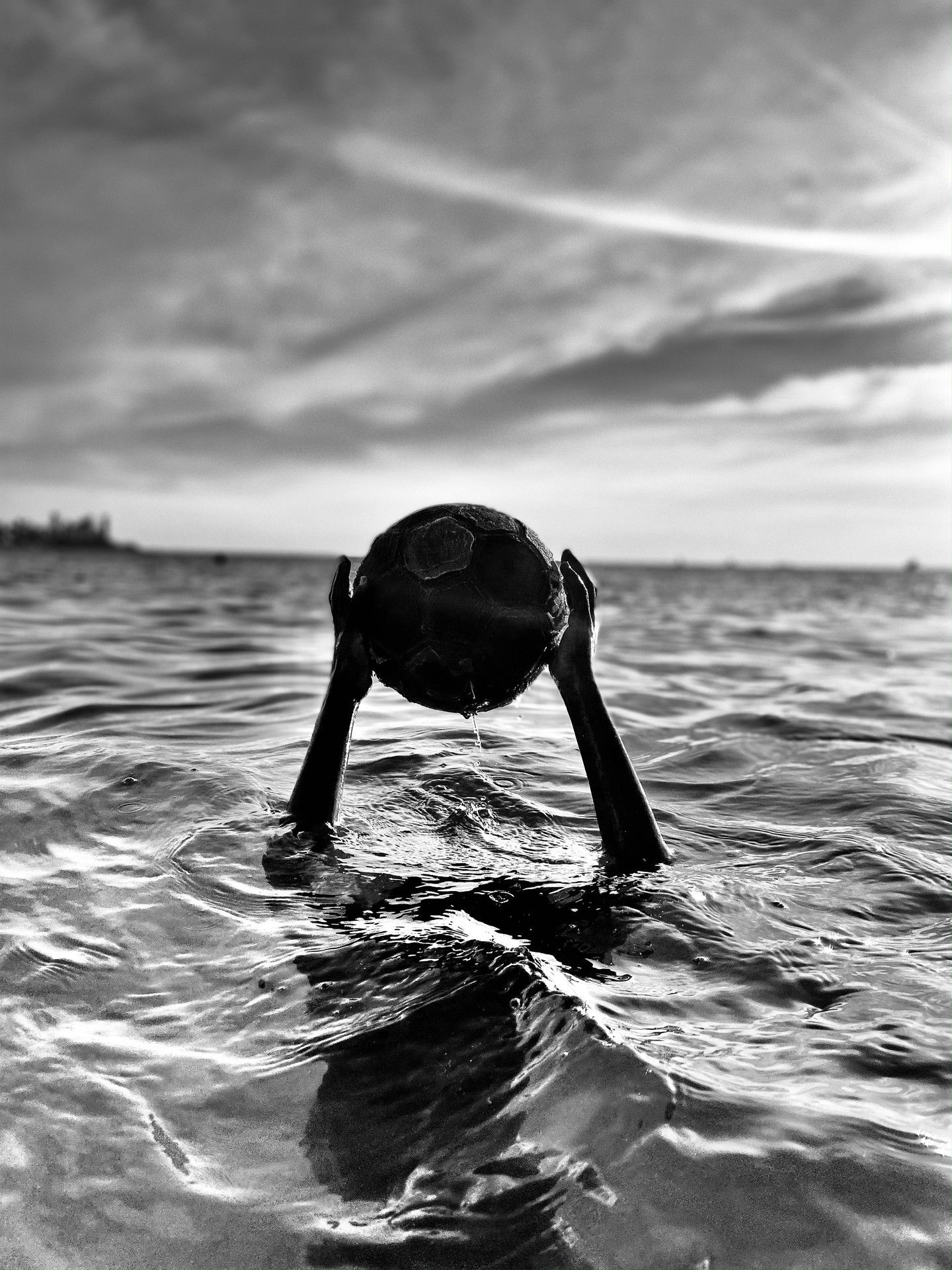
Every Boy Is a Sea
Someone needs to feel.
That was the first thing I thought, around 2014, sitting on the beach watching children play in the sea. Almost unconsciously, I began to photograph—and before I knew it, I had plunged into myself.
And this dive was so deep that the seas merged, became ocean. I crossed from Guanabara Bay to All Saints’ Bay. For six years, in this process of discovery, I traced the route of the slave ships and saw how much the sea was a place of pain. And in Gamboa, I felt that this uncontrollable desire to photograph the boys in the sea was an invitation to reframe, to give new meaning.
In Arpoador they killed whales, in Gamboa the enslaved arrived, in Ribeira the humble were abandoned, in São Tomé de Paripe my ancestors lived. Today, the boys who leap into the sea facing the horizon are unafraid. They are true royalty, just as Roberto Ribeiro sang: every boy is a king.
Now, the place where water meets land is where love meets love, without pain. And these boys, Black, dark-skinned, bathing joyfully at the edge of the sea, are not concerned with what is to come. They surrender only to the chance of a perfect leap, knowing that the sea was not made—it became. There is respect, but no hurry; a boy jumping into the sea is a boy returning home.
Our ancestors gave everything—body and soul—so that these children could be only heart. By chance or by the beauty of will: just feel. This goes far beyond me, far beyond the children, far beyond you who are reading these words.
Life is vast, and we know so little of it.
And today, the water and salt that once symbolized departure and arrival, through these children reveal a new way, a new taste—perhaps sweet—that is the taste of being. No one arrives, no one leaves; everyone belongs here, and here is my place.
Look—children know with their bodies. So I invite you to witness my photo series “Every Boy is a Sea.” After all, someone needs to feel.
Axé.
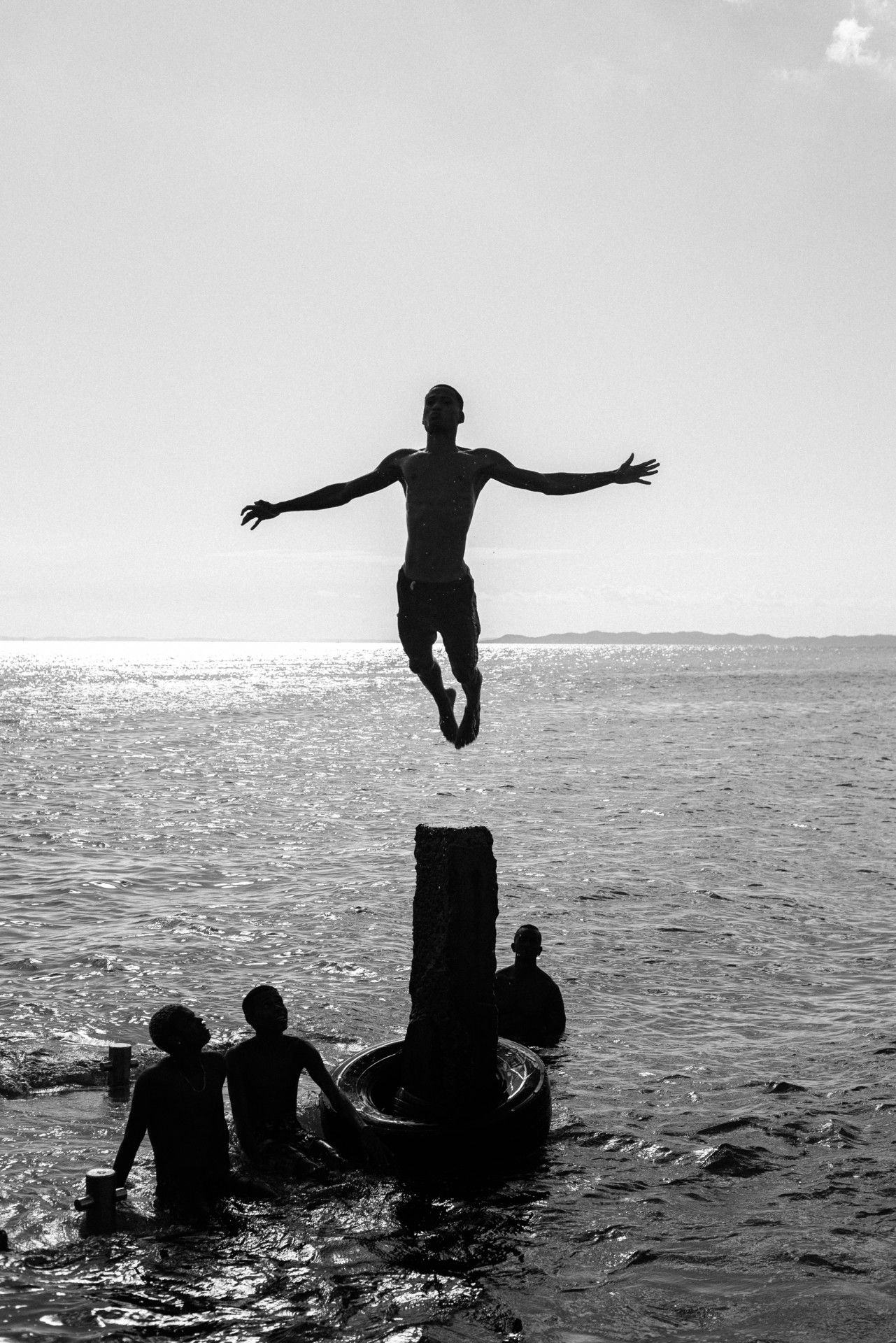
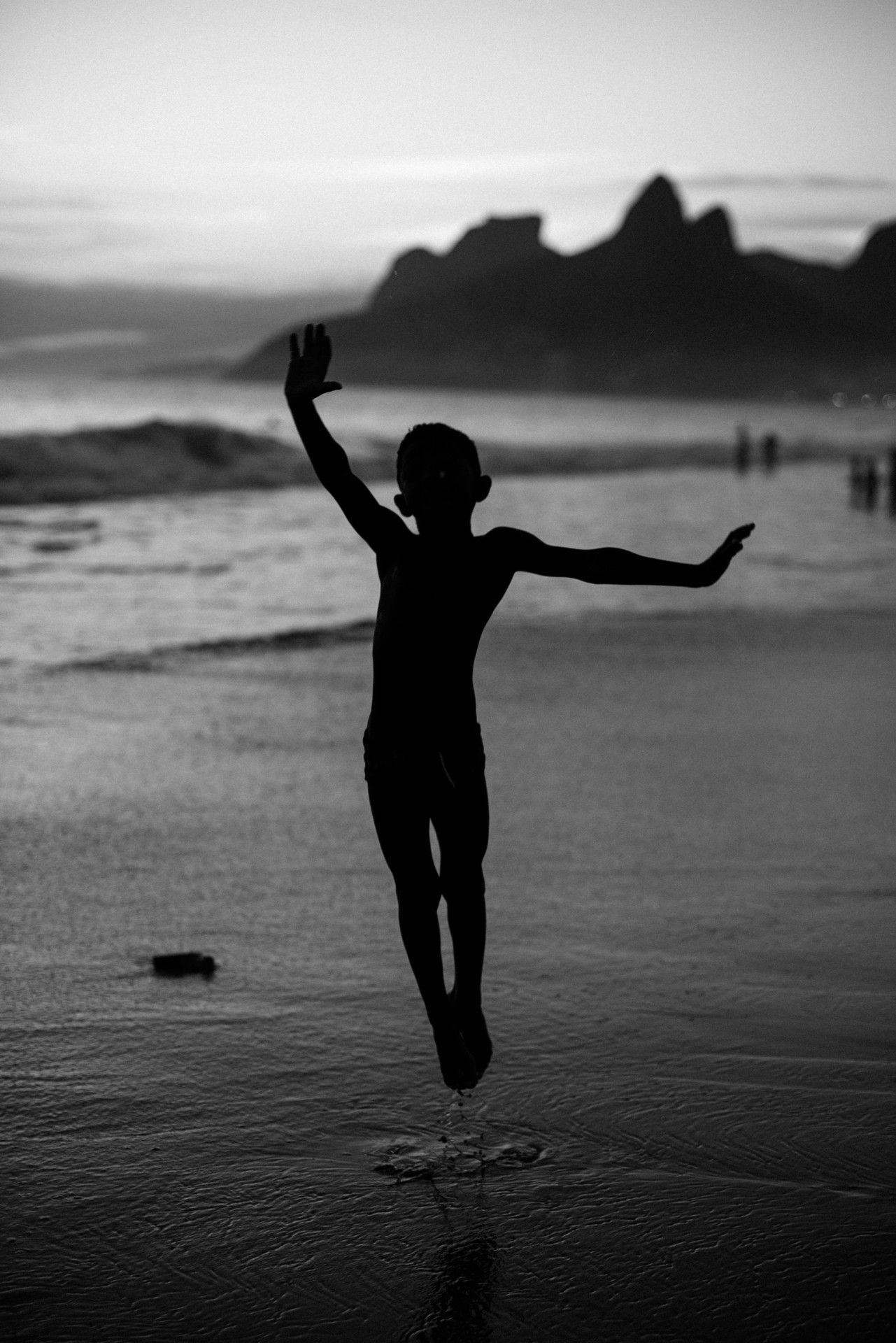
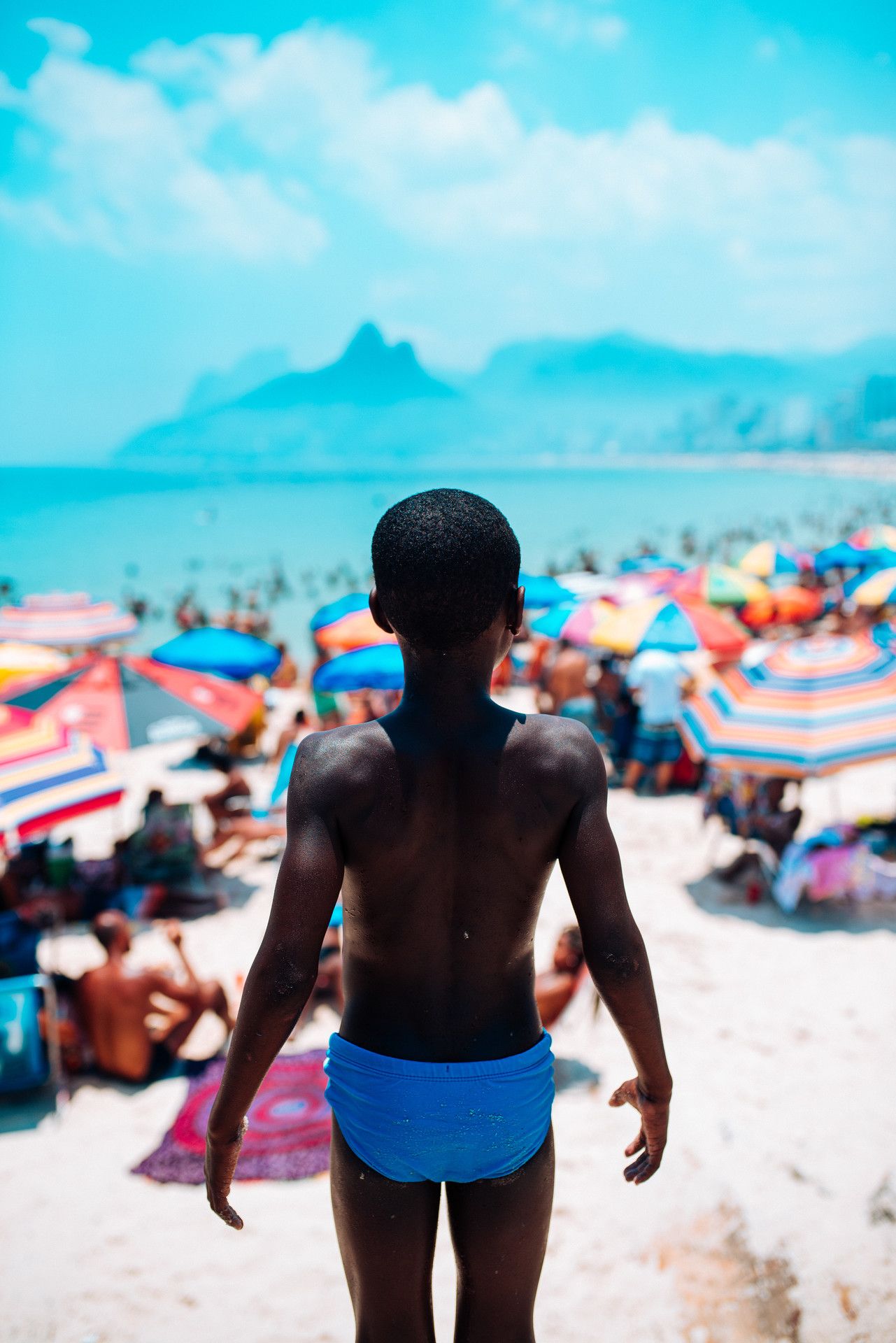
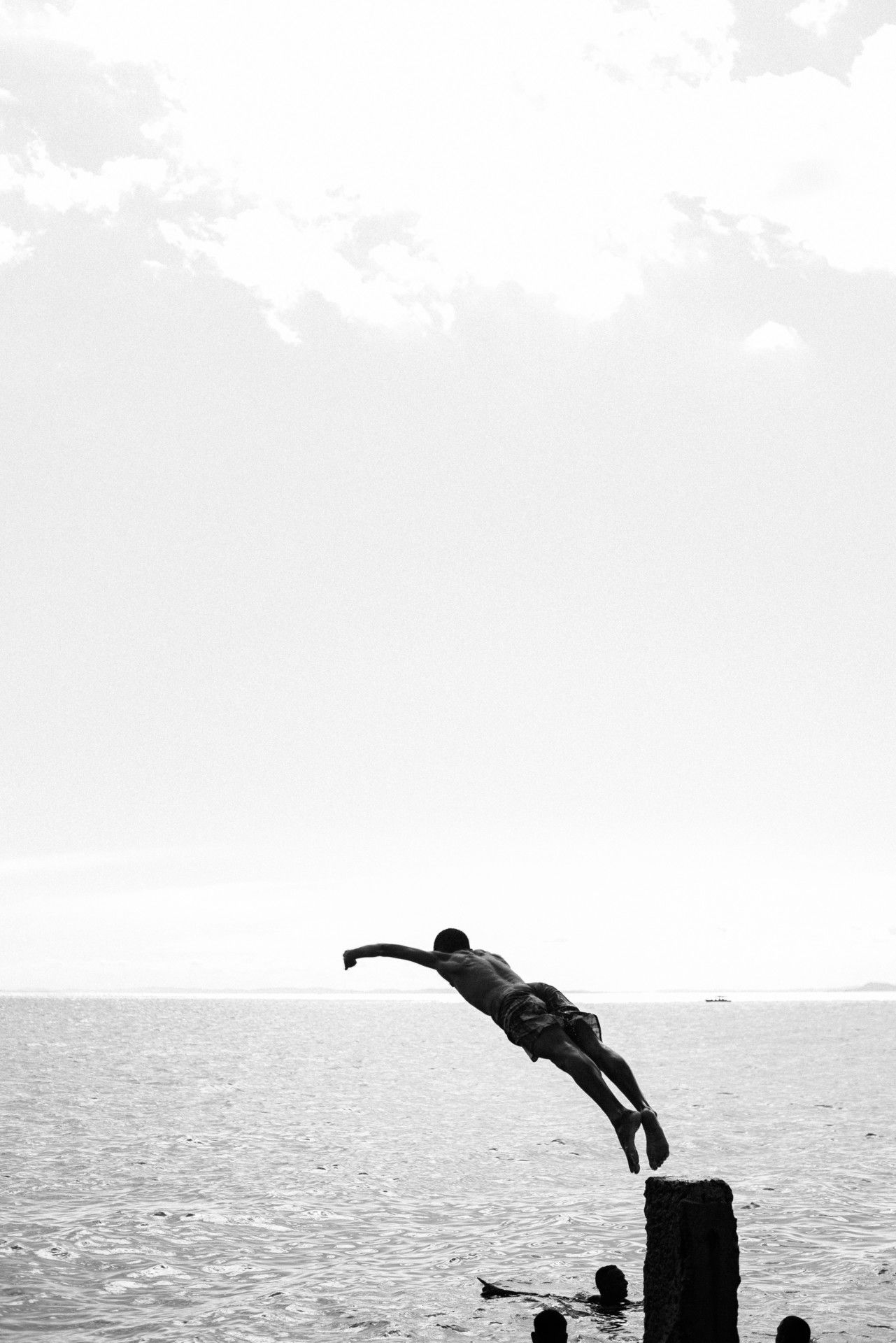
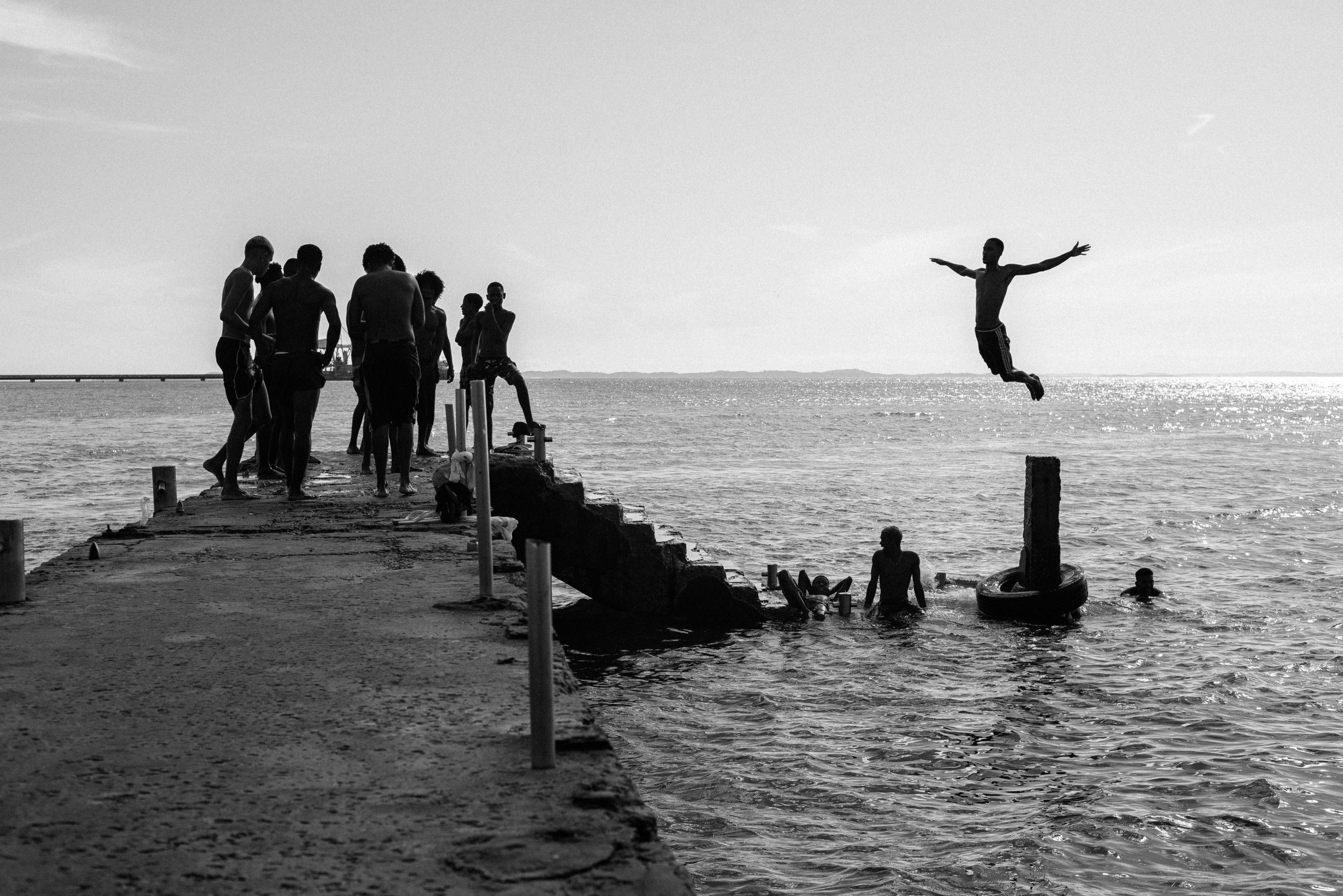
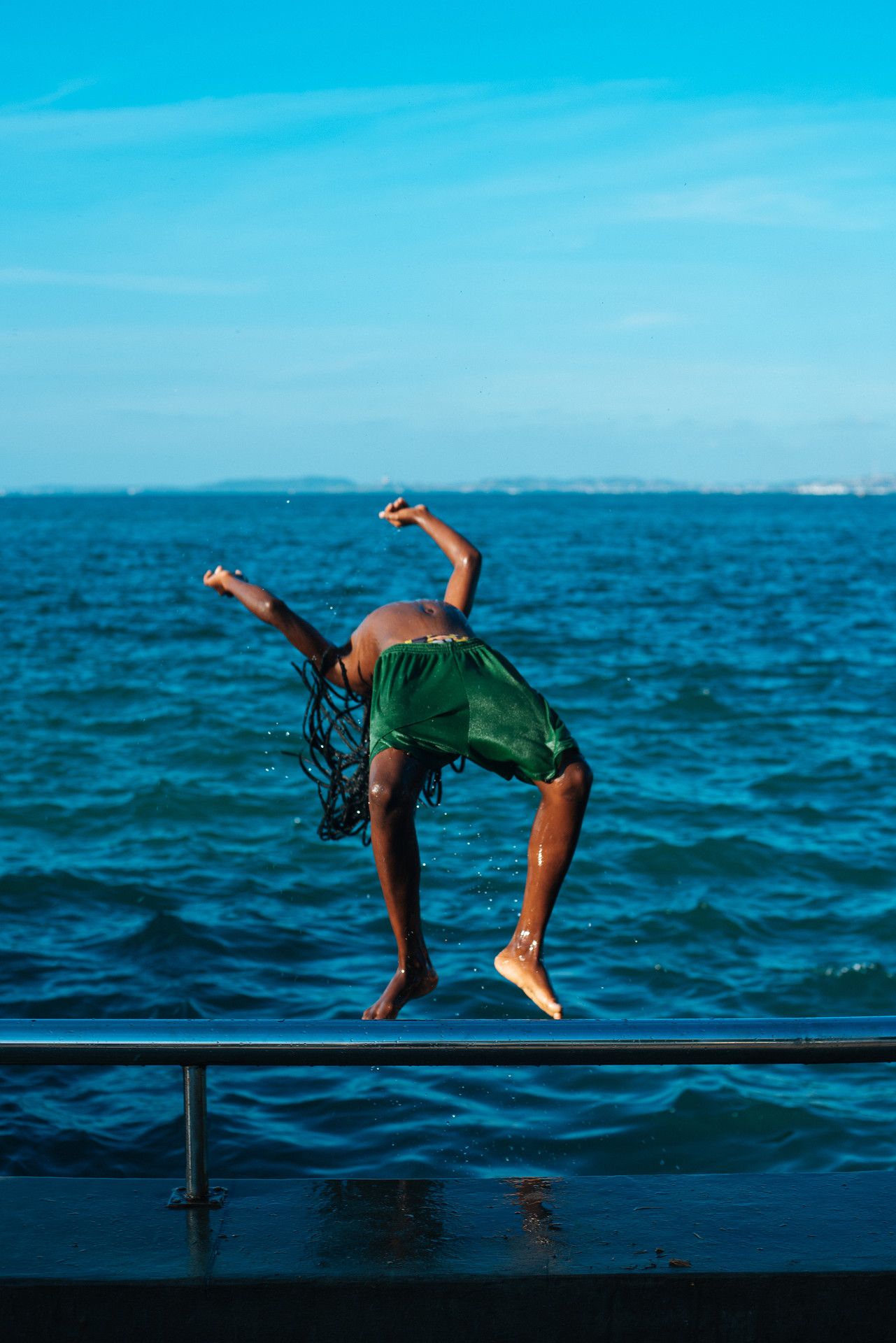
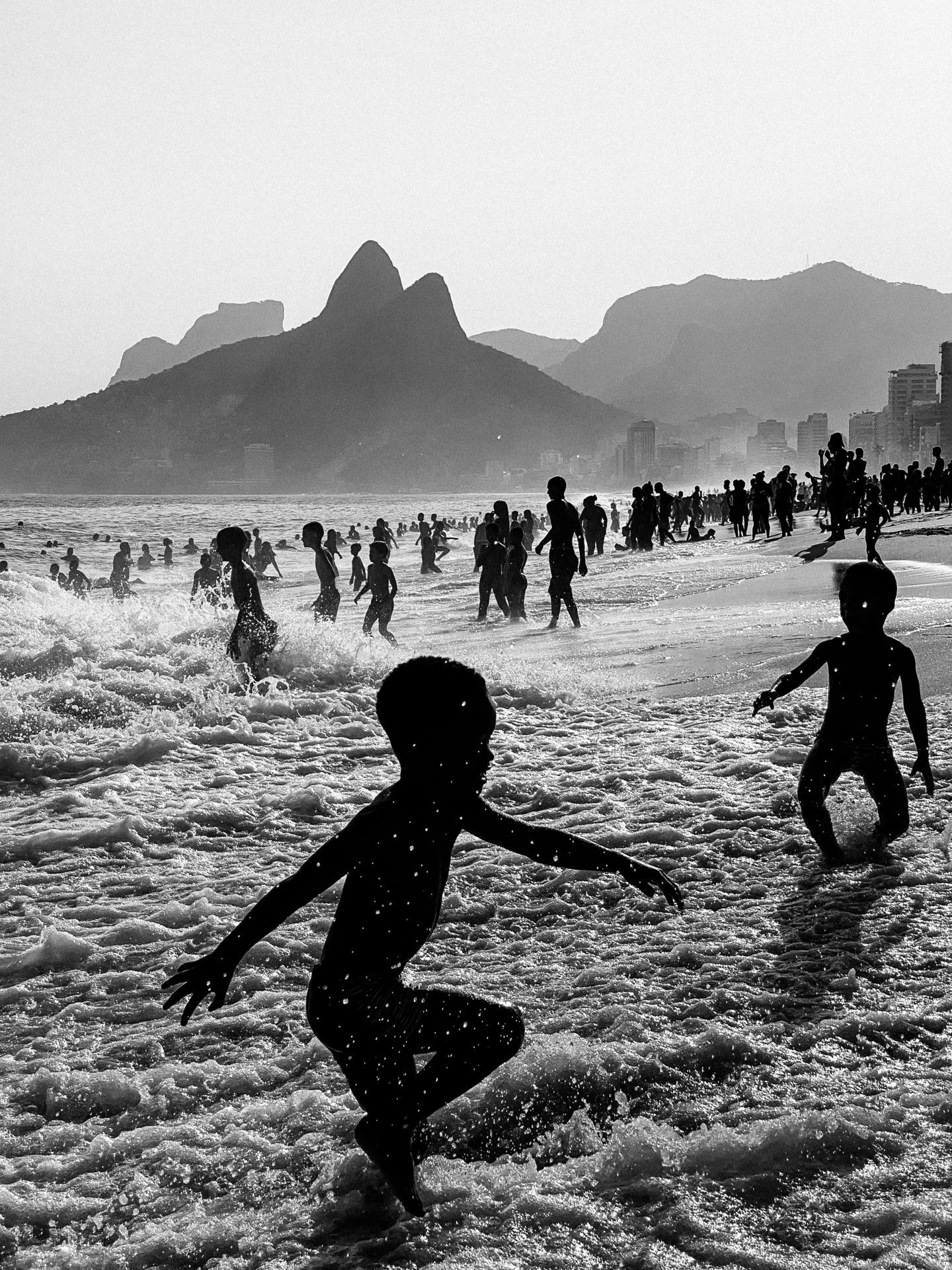
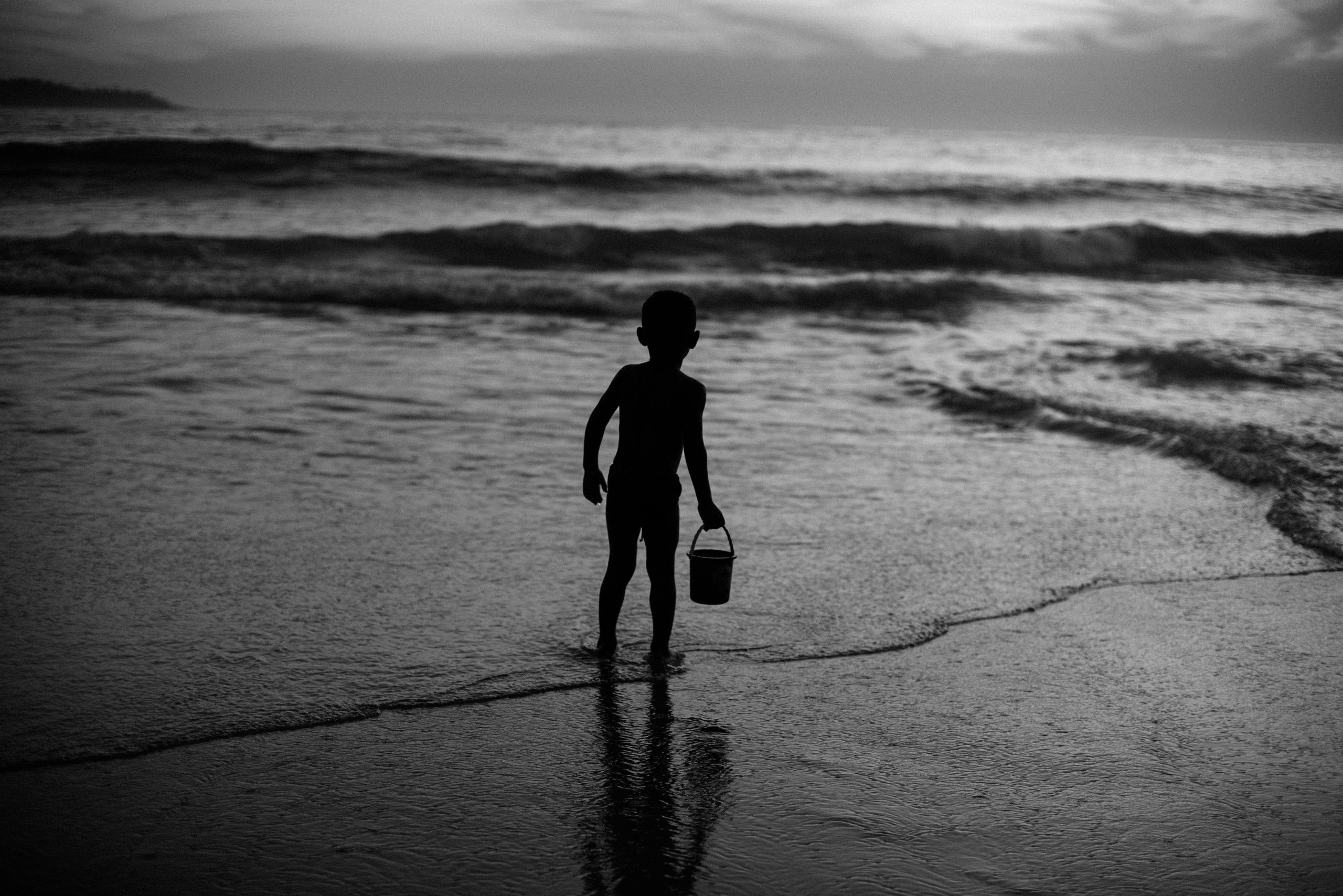
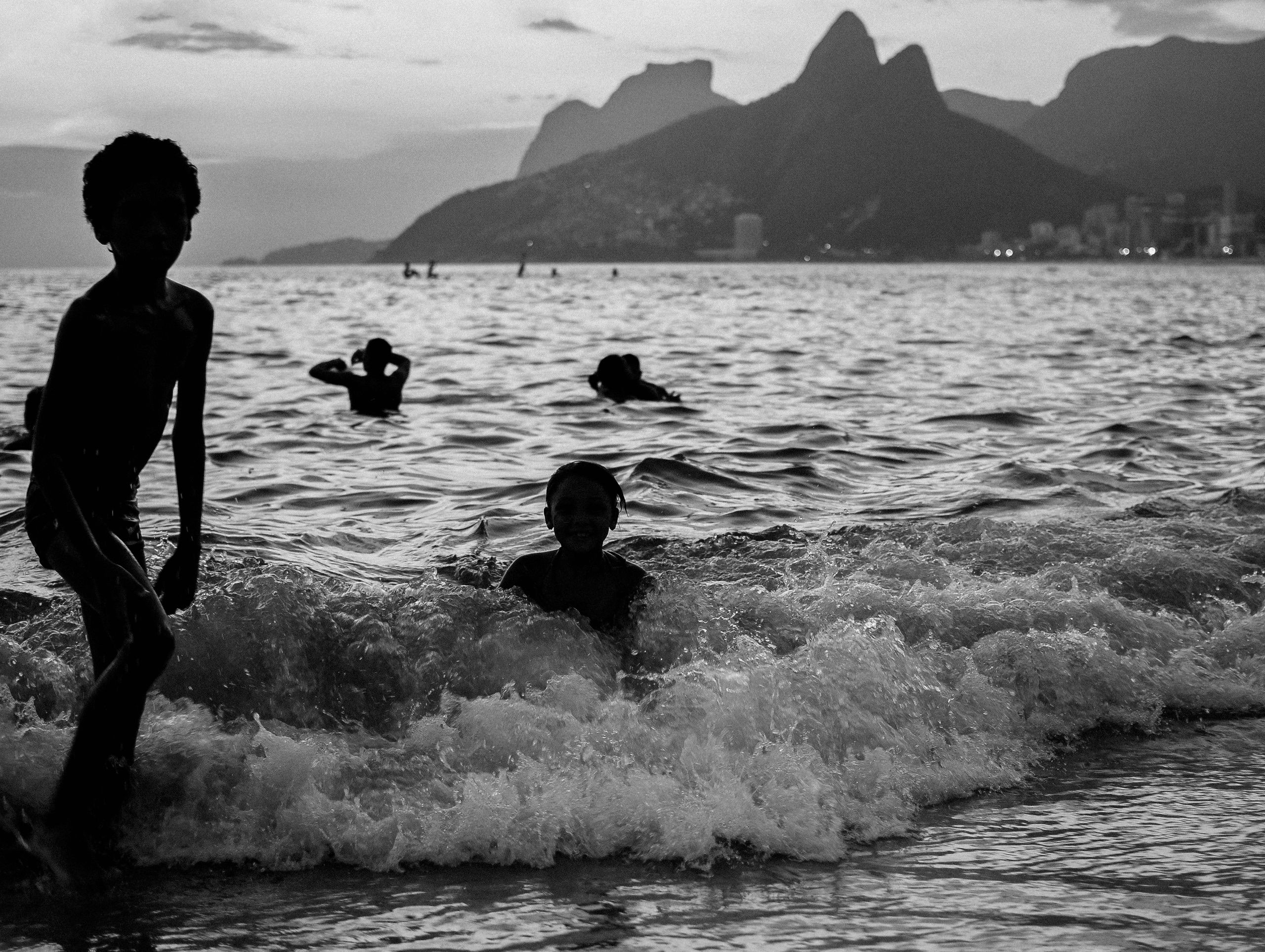
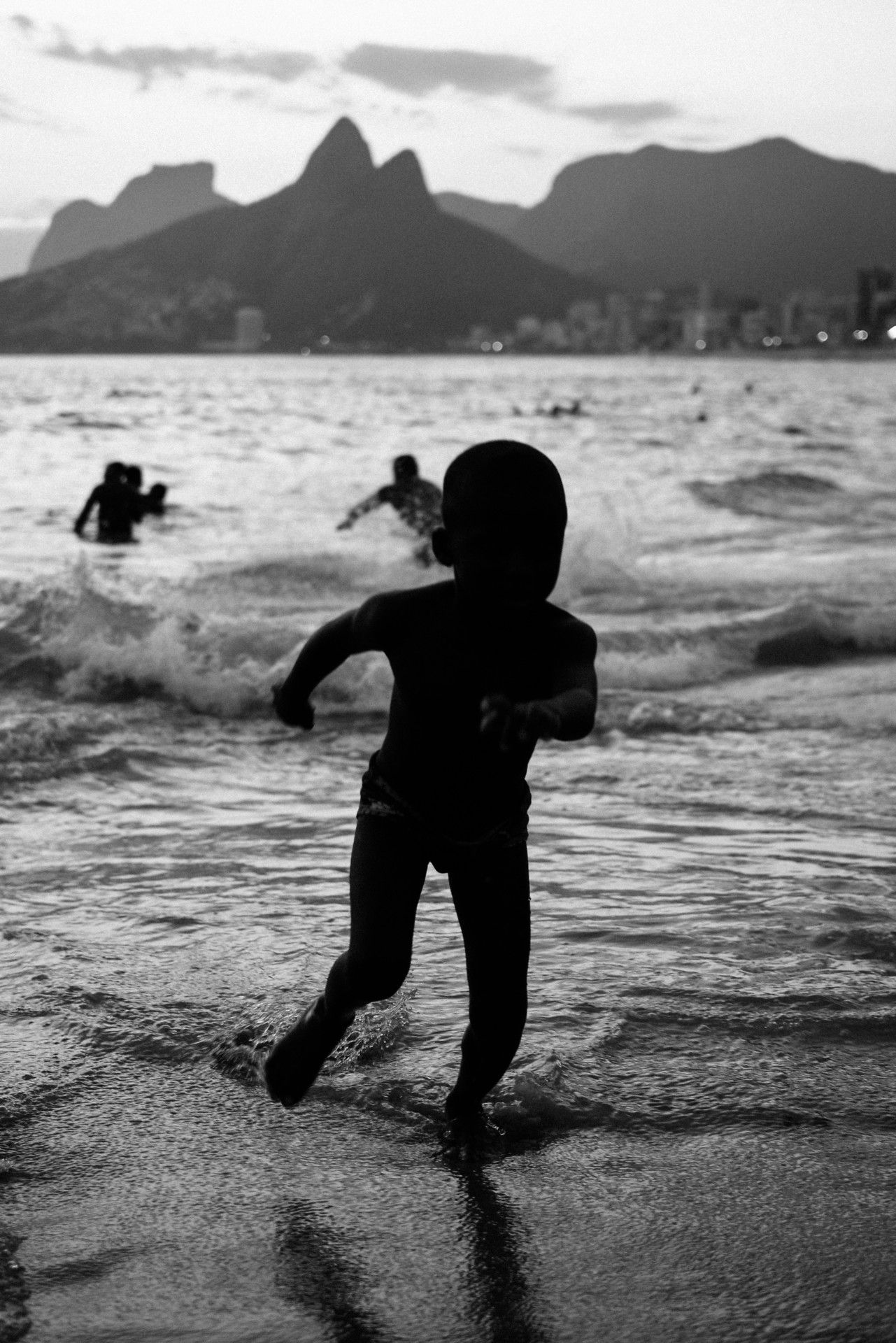
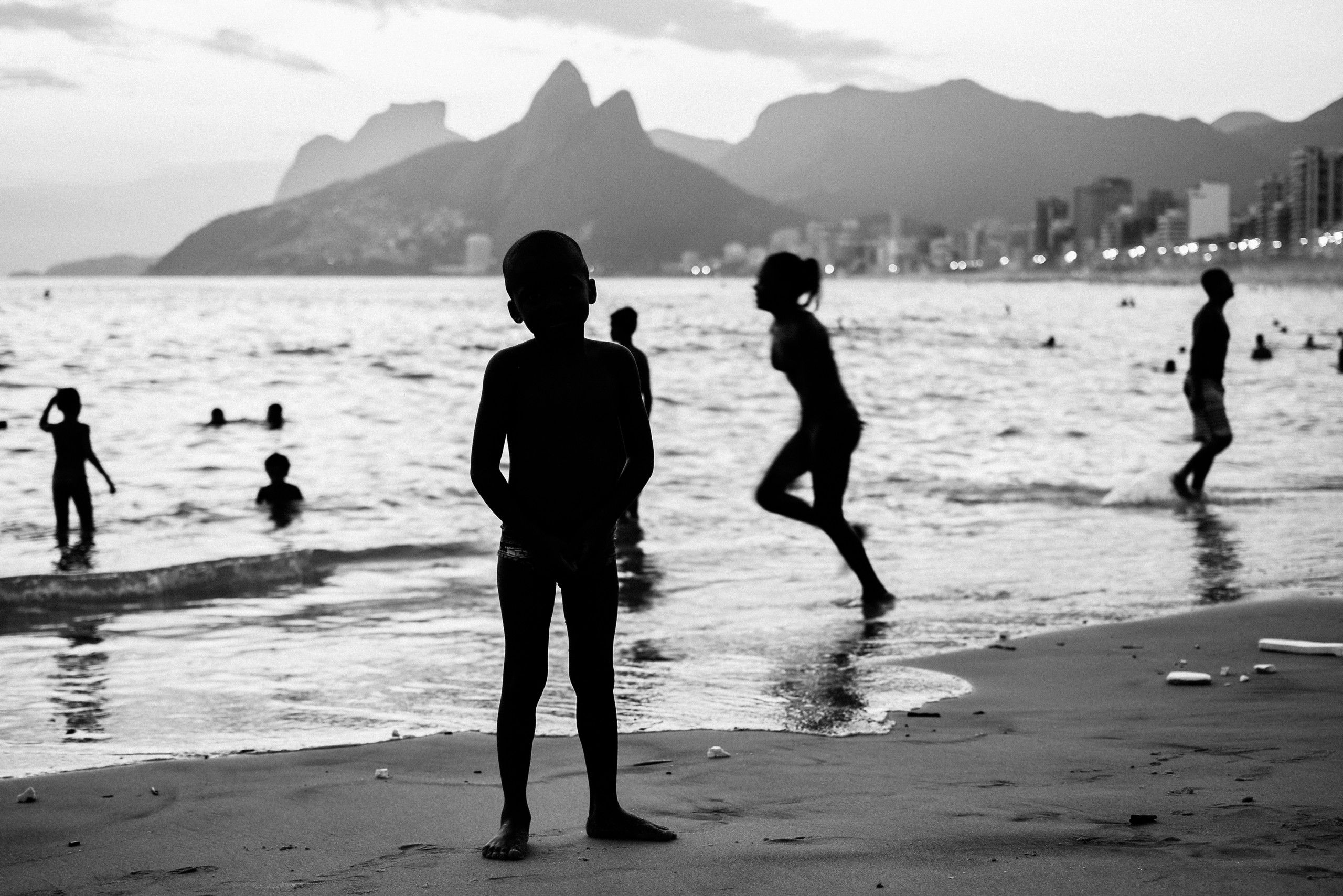
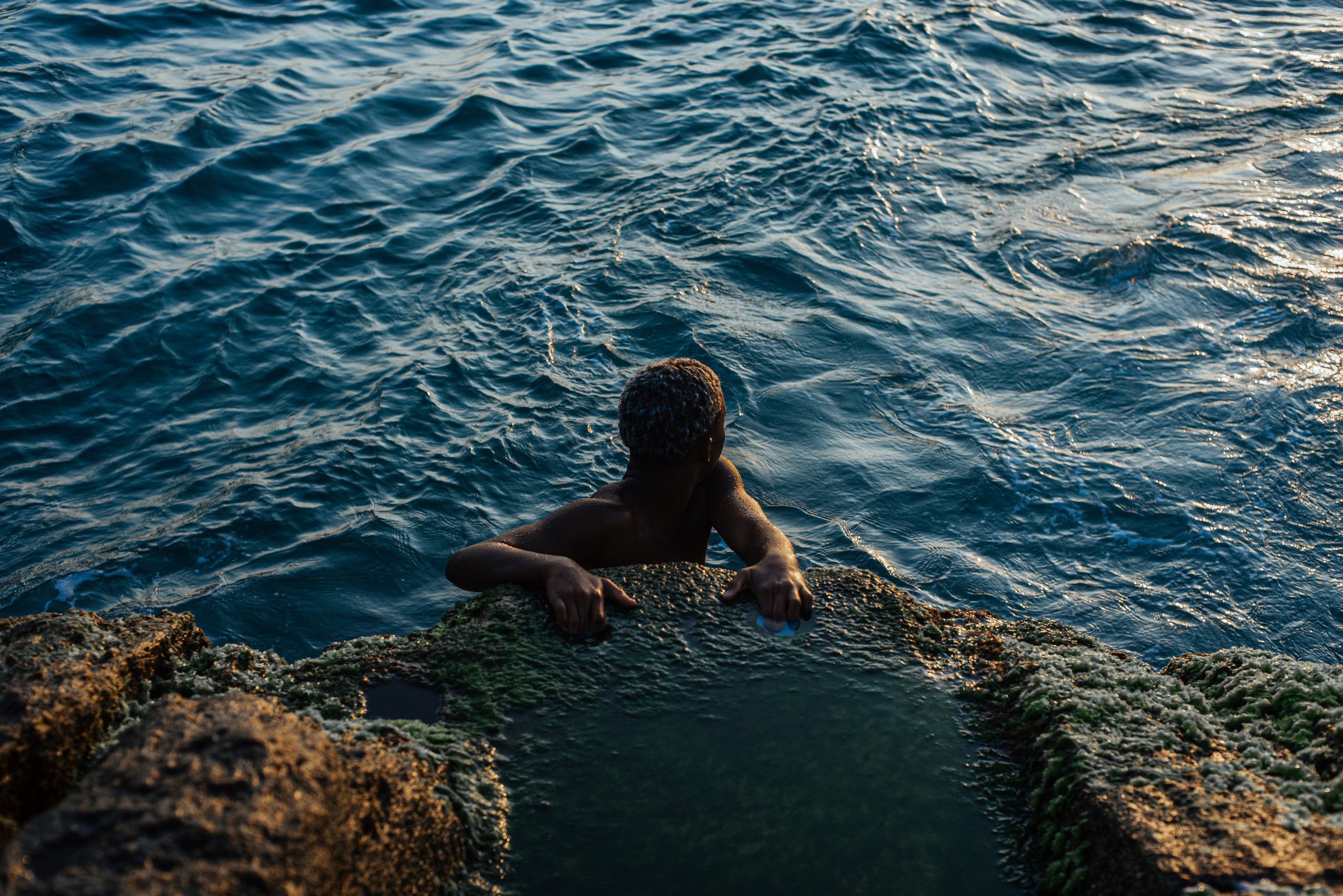
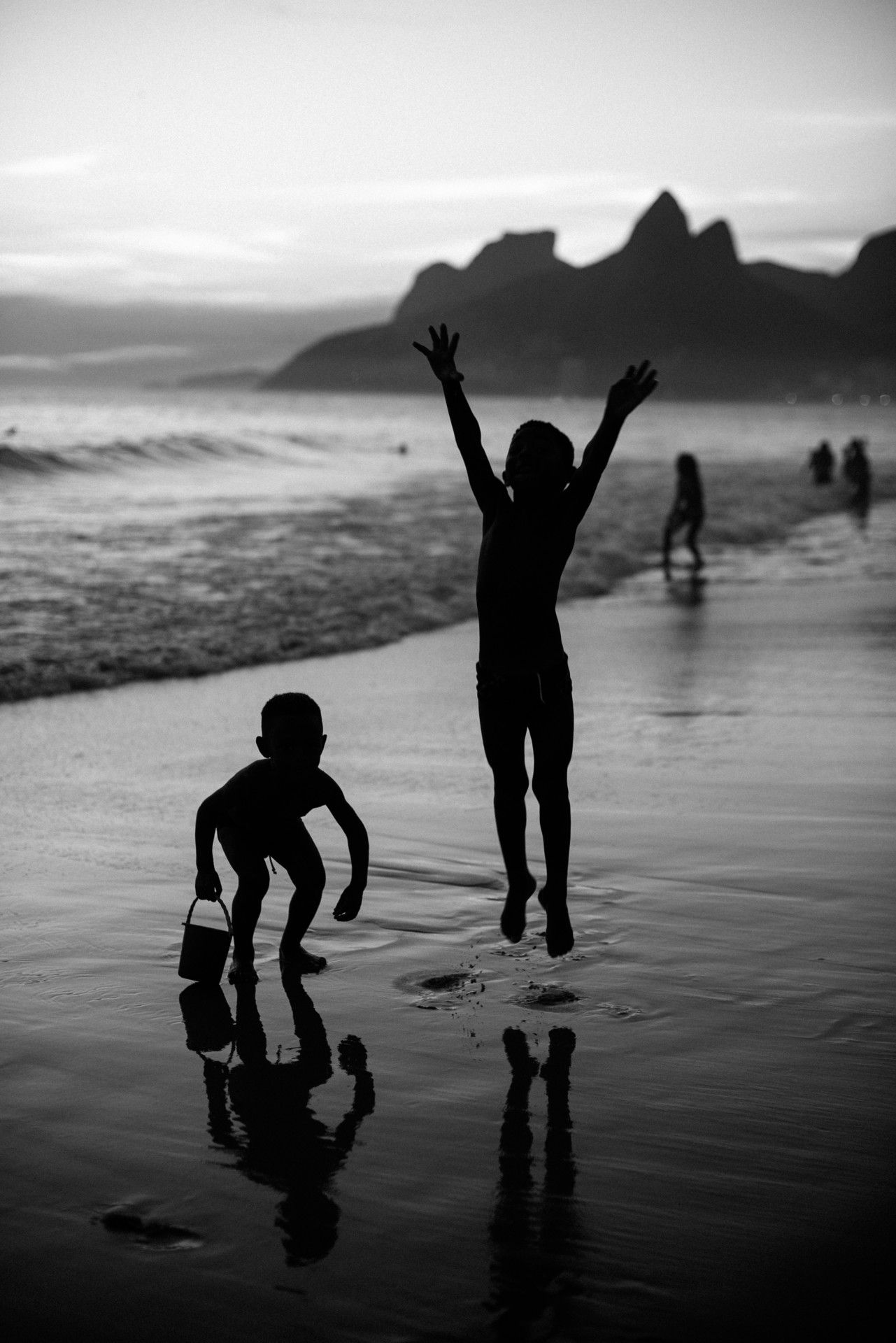
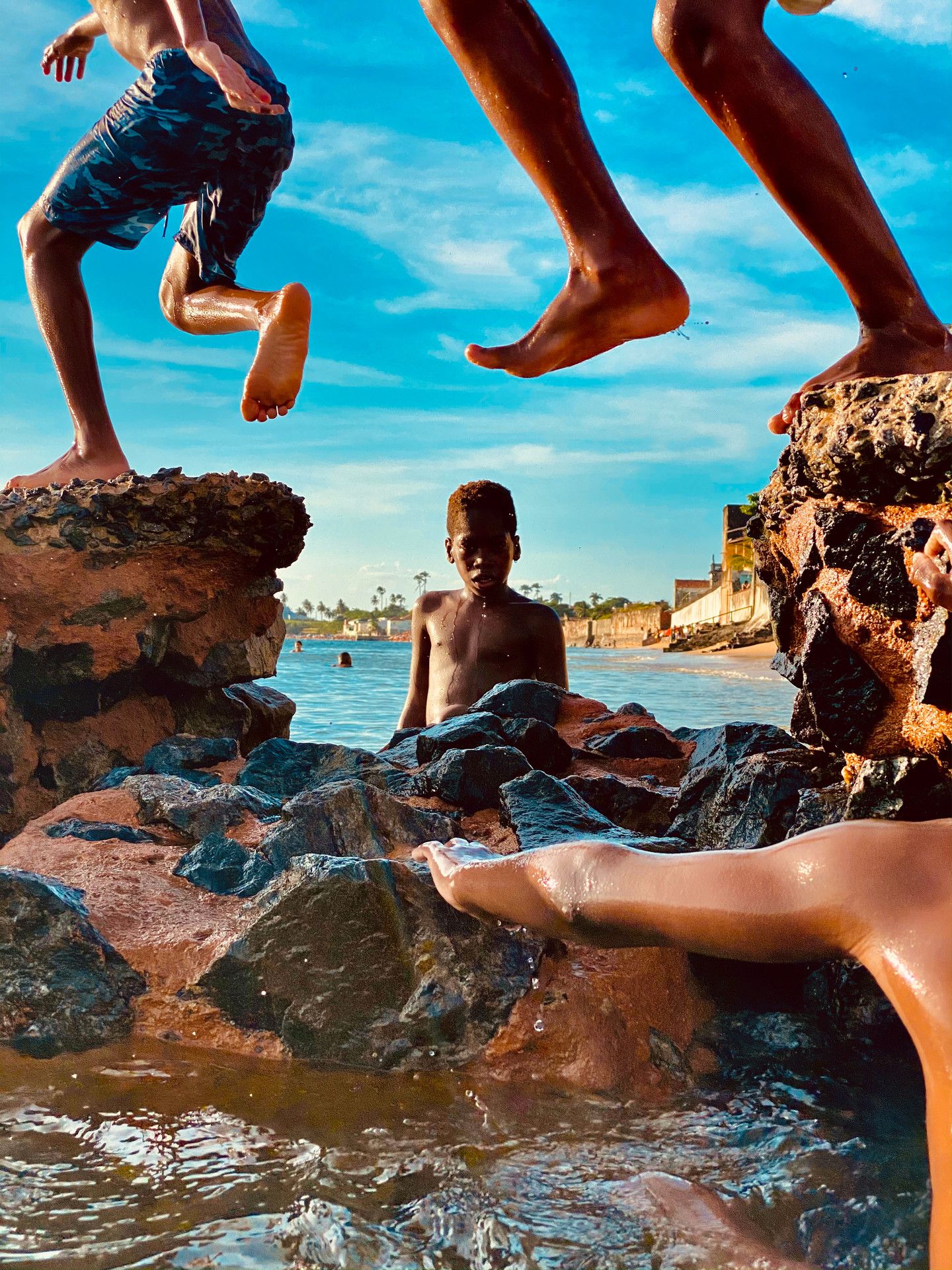
Courage
